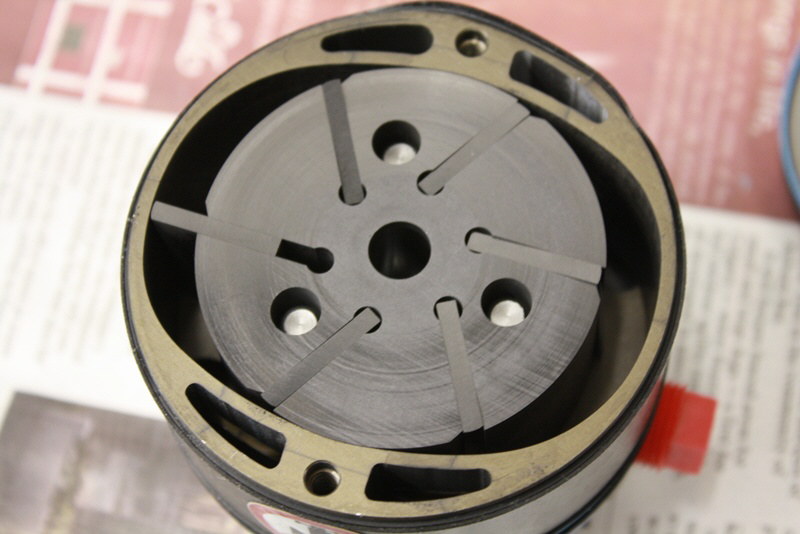comanche pilot
Pre-takeoff checklist
I know better, being a mechanic and all. I park my little Porsche 914 in front of the wing of the Comanche. To get the best clearance I swing the prop vertical so I can back in or pull out with ease. Well, the last time it was just a little off and i pushed it backwards and thought I heard a little "tink". Didn't think much of it until I flew down to Eugene, Or. and noticed the vacuum gauge needle flickering a bit. Upon the return trip no vacuum at all. Needless to say the Comanche has a new vacuum pump on it now... Oh and the one inner lower nut, washer and lockwasher was a real pain in the butt too.
Didn't think much of it until I flew down to Eugene, Or. and noticed the vacuum gauge needle flickering a bit. Upon the return trip no vacuum at all. Needless to say the Comanche has a new vacuum pump on it now... Oh and the one inner lower nut, washer and lockwasher was a real pain in the butt too.
Dumb-a**
Kevin
 Didn't think much of it until I flew down to Eugene, Or. and noticed the vacuum gauge needle flickering a bit. Upon the return trip no vacuum at all. Needless to say the Comanche has a new vacuum pump on it now... Oh and the one inner lower nut, washer and lockwasher was a real pain in the butt too.
Didn't think much of it until I flew down to Eugene, Or. and noticed the vacuum gauge needle flickering a bit. Upon the return trip no vacuum at all. Needless to say the Comanche has a new vacuum pump on it now... Oh and the one inner lower nut, washer and lockwasher was a real pain in the butt too.
Dumb-a**
Kevin




